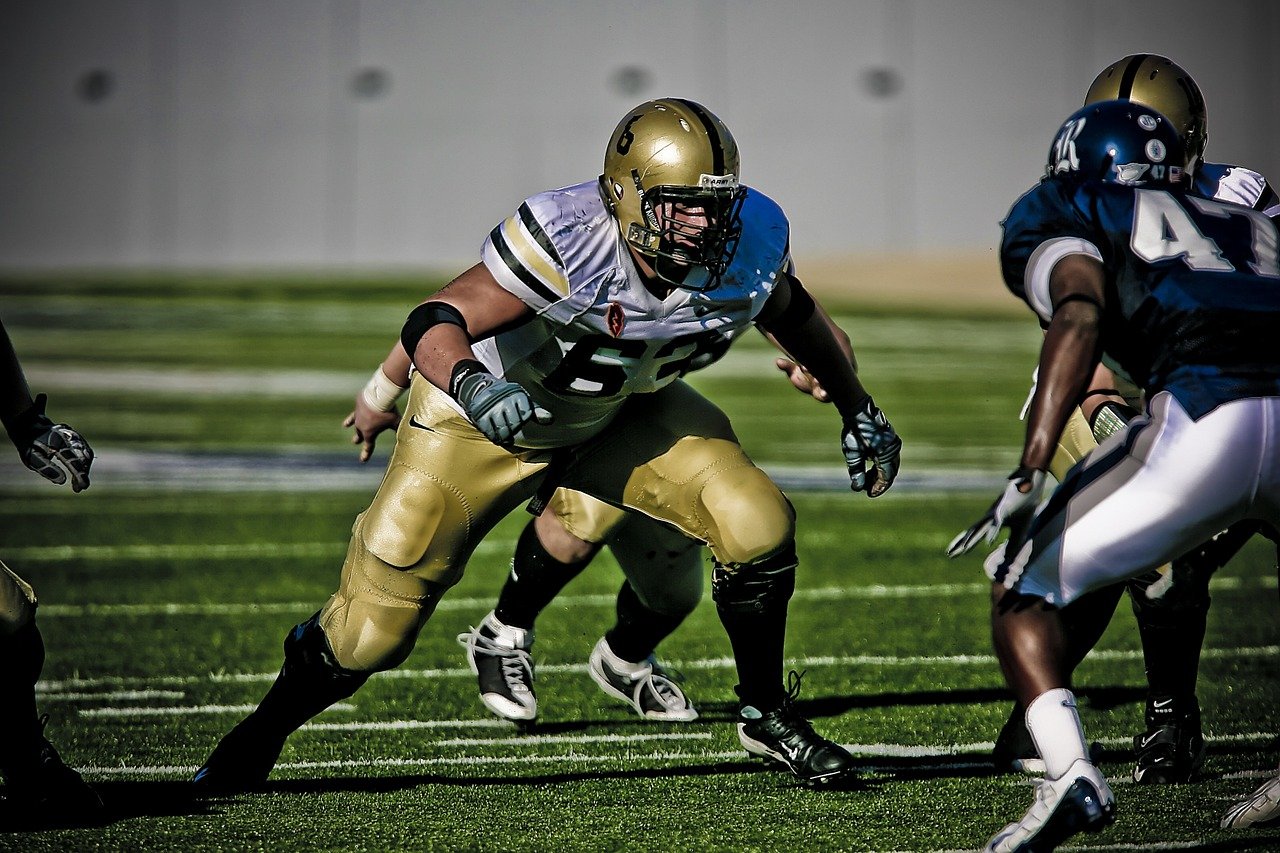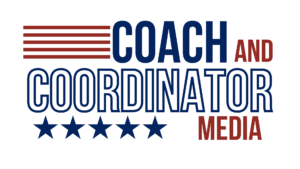
By Keith Grabowski
In Part 1 we focused on utilizing physical, powerful, explosive hips linemen with explosive hips. These traits are well suited to a downhill interior run game. Potentially these linemen may not be as mobile so getting them working forward is best.
What should you do if your interior players are more athletic but potentially undersized? These type of linemen have more of this type of skill set:
- Speed to run and reach defenders/cover up second level defenders.
- Quickly change lateral direction
- Speed to be able to pull around to the second level or effectively kick out and edge.
The type of schemes that fit these linemen best highlight their athleticism and allow the offense to distort a front and force a defense to fit gaps that move with the distortion.
First and foremost, the stretch/outside zone/wide zone family of runs becomes a viable option.
Even with smaller, athletic linemen, it can be a scheme that gives your offense more firepower in 2020. In 1998-1999 the Denver Broncos under Mike Shanahan rode this scheme to two Super Bowl Championships with a small, athletic line.
22 years later, his son Kyle took his team to the Super Bowl riding the Wide Zone as their main run. In 2020, the scheme was showcased by the Browns, Titans, and Packersto name a few.
The success of the play has proliferated its use in college and high school football as well. This tried and true scheme is a game-changer. Here’s why:
- Flexible scheme that can be used in a multitude of formations and personnel groups
- Opens huge opportunities for packaging as RPO
- Creates the best play-action opportunities
- Stresses a defense across the front and second and third levels to fit correctly or be gashed
While the scheme is simple enough on a diagram, the devil is in the details. The next several free video clips provide some of those important details.
First, let’s start with some history of the play and basic definitions where this all started with coaches like Jim McNally, Howard Mudd, and Alex Gibbs. Former Paul Alexander explains it here:
Colgate Offensive line coach Jason Houghtaling explains exactly how they run the Wide Zone play in his course. In this video he shares the basics.
In his course, Rules and Techniques for Blocking Inside, Outside, & Wide Zone, Jim McNally explains the different types of zone plays and their purposes. Here he illustrates the Wide Zone:
As Coach McNally explains, there are variations of the zone scheme and where they hit. Matt Duffy, Head Coach at Willoughby South HS (OH) explains how they integrate the teaching of their zone schemes into one play by teaching the 5 blocks in this video:
Jeff Fox, HC, Nordonia HS calls the path the running back takes on Outside Zone the Path of Trust. He illustrates how that mesh with the quarterback and the path helps the offensive line create a successful play.
Juan Johnson, OC at Hewitt-Trussville HS (AL) explains the L-Cut in this video. He utilizes the scheme to set up his entire offense:
Eric Marty explains the outside zone and the role it plays in their offense in this video. The play is a big part of Marty’s offense success at Reedley College (CA).
Jason McManus guided South Point HS(SC) to 5 state championships. He was also named coordinator to the Under Armour/Army All-American Bowl. He explains the outside zone stretch play in this video:
Another way to take advantage of athletic offensive linemen is with the pin and pull. The pin and pull sweep provides a great “D” gap attack and is a simple way to get the ball on the perimeter.
Athletic interior linemen are best suited for this scheme because it does require them to run to the perimeter and kick out or pull and lead through the alley created. The rules for the playside offensive linemen are simple. If he is uncovered, he pulls. If he is covered, he blocks down.
Offensive Line Coach at Central Michigan, Mike Cummings shows how the Chippewa teach Pin & Pull using Half Line in this video:
Pin and Pull is good for RPO because it attacks the perimeter and the timing allows for a longer mesh and read without getting linemen down field. NY state champ Ryan Baldock explains how they use pin and pull from 3×1 spread with RPO in this video:
Many equate the pin and pull play with the buck sweep. It is very closely related, but the rules are stricter on who is pulling. Buck sweep teams typically will pull both guards and adjust the scheme to be sure those rules hold true against any front. Of course it is a staple in the wing-t offense. That doesn’t mean you need to be a wing-t team to run it.
TN state champ Scott Meadows loves the Buck Sweep with RPO and QB run game and explains why here:
Rick Stewart utilizes the Pistol Wing T Buck Sweep and breaks it down here:
While these two schemes that have been highlighted so far are by design to attack the C-gap on out, it doesn’t mean that inside runs are not a viable option for the athletic type of interior linemen.
The key for utilizing these type of linemen is to understand how to harness their athleticism to distort the defense. For example, the one back power may be a very viable scheme for an athletic interior because of the ability of the puller to get around and kick out the 2nd level defender while angles and combinations work in favor of the athletic interior.
The inside zone can work off of the outside zone which distorts the defense by creating the threat of being reached on every play. How plays are packaged and create the appearance of plays that “look alike” is how this is accomplished. This aspect of putting together packages of plays will be discussed later in the series.
Plays that are variations of a basic scheme may also work well with an athletic interior. As I explain in my own course, power and power read may diagram up in a similar way, but the dynamics of the play affect the defense differently, and thus make athletic linemen a better fit because of the horizontal demeanor of the defense as I explain in this video.
The power read gives the ability to hit inside or on the perimeter on every single play.
One of D3 Football’s leading rushing teams year in and year out, Kelley Lee, HC, Eastern New Mexico University breaks down Power Read against a Shade in this video.
This next example from Tennessee Tech head coach Dewayne Alexander explains why the Power Read with Jet motion may be a viable option for your offense.
As you are beginning to see, some schemes best lend themselves to being used with a certain type of personnel. The challenge as a coach is to put it all together into a package that allows all of you players to work together to find synergy with what they are able to do.
When it comes to pass protection, a stout interior lineman may seem best for maintaining the integrity of the pocket at the line of scrimmage, but athletic linemen can be used to an advantage in pass protection as well.
As we continue through this series, I am sure you will find that you have a mix of personnel that doesn’t necessarily fit any particular system as a whole, but we will work through the process of fitting personnel to formations and schemes that will maximize the skills of your offensive unit.
Next up: Offensive Tackles


